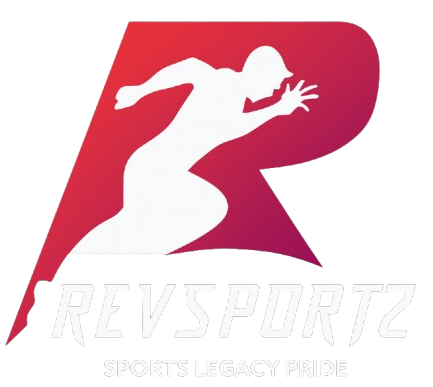
Ashok Namboodiri
The ban on real money gaming (RMG) has moved from ideology to reality, and the numbers are starting to tell their own story. What was once India’s fastest-growing digital segment — pegged at nearly ₹20,000 crore GGR (gross gaming revenue) in 2023 with projections of doubling by 2027 — now stands at a crossroads. For platforms, athletes and franchises, the impact is not just emotional but financial, and the choices ahead are stark.
A lot of reactions are coming in from various stakeholders. Let’s do a deep dive to understand the point of view of (a) A platform owner (b) An athelete participating in a league that depends on RMG for viability and (c) A franchise owner in such a league.
The platforms are Unicorn Dreams that have witnessed unpredented growth and now are staring down the barrel. Fantasy sports and card game operators could see revenues shrink by 60–80% overnight if cash contests are outlawed.Venture capital funding, already slowing, may decline by 40–50% as global investors pull back. An estimated 1–1.2 lakh jobs (direct plus ancillary in tech, marketing, influencers) are at risk.
What do the scenarios look like? In the case of a hard ban, market collapses to <₹5,000 crore within 12 months; we may see mass layoffs and possible migration to grey market. In the case of a regulated reset, market stabilises at ₹12–15,000 crore by FY27, with stricter KYC and lower ARPU. A judicial limbo could witness fragmented enforcement; revenues volatile and 20–30% attrition in SMEs.
So what are the strategic options for platforms? Pivot to free-to-play and ad-supported games (ARPU: ₹20–40 vs ₹400–500 for RMG)? Or maybe, expand globally to sustain scale.
Let’s look at the athletes situaiton now. In leagues like kabaddi or regional cricket, 30–40% of sponsorship revenue flows from RMG brands. This directly supports player salaries. Salary delays or cuts of 15–25% are likely in affected leagues over the next season.
Mainstream Leagues (IPL/ISL) could perhaps hope to see salaries remain intact; RMG replaced by FMCG/BFSI sponsors. Impact <10%. Emerging Leagues (kabaddi, kho-kho, esports) may witness potential contraction of 20–30% in player pools and prize money. Individual athletes, who tied themselves too closely to RMG in terms of endorsements, may lose ₹20–50 lakh per year in deals.
Athletes may need to diversify into fitness, lifestyle and regional brands. Also look at monetising fan following via direct-to-consumer content, coaching and digital memberships. Leverage the current trends of the creator economy and build a revenue stream basis that.
For the franchise owner, it is a matter of survival or reinvention. In some leagues, RMG accounts for 35–40% of sponsorship income. Loss translates into ₹15–30 crore per franchise per season. Smaller franchises (non-IPL) risk operating losses of ₹5–10 crore annually if replacement sponsors don’t emerge.
The Tier-1 franchises (IPL, ISL) should be able to attract global sponsors; may see 10–15% haircut in sponsorship rates for 1–2 seasons. Tier-2 league franchises (kabaddi, kho-kho, volleyball) could contract seasons, merge franchises, or cut costs – shrinking by 20–30% in scale. Tier-3/startup leagues however have high risk of collapse without bridging support.
Franchises will need to reprice and diversify – target FMCG, health-tech, edtech, and govt-backed campaigns. This is going to be a long rocky road for sure. Building first-party fan data: free prediction apps, memberships and loyalty schemes may help alleviate the pressure. Alternately, pitch as “safe brand zones”: women’s sports, grassroots initiatives, Olympic pathways.
For platforms, athletes and franchises, the writing is clear: the old revenue model built on cash gaming is broken. The likely future is one of lower ARPUs, tighter regulation and diversified income streams. Platforms that survive will look more like regulated fintechs than gaming startups. Athletes will need to be digital entrepreneurs as much as players. Franchises must learn to sell fandom, not just logos on jerseys. The ban has exposed an uncomfortable truth: an entire ecosystem leaned too heavily on one fragile pillar. The next 24 months will show who can rebuild a sturdier foundation and who gets left behind.
Follow Revsportz for latest sports news





